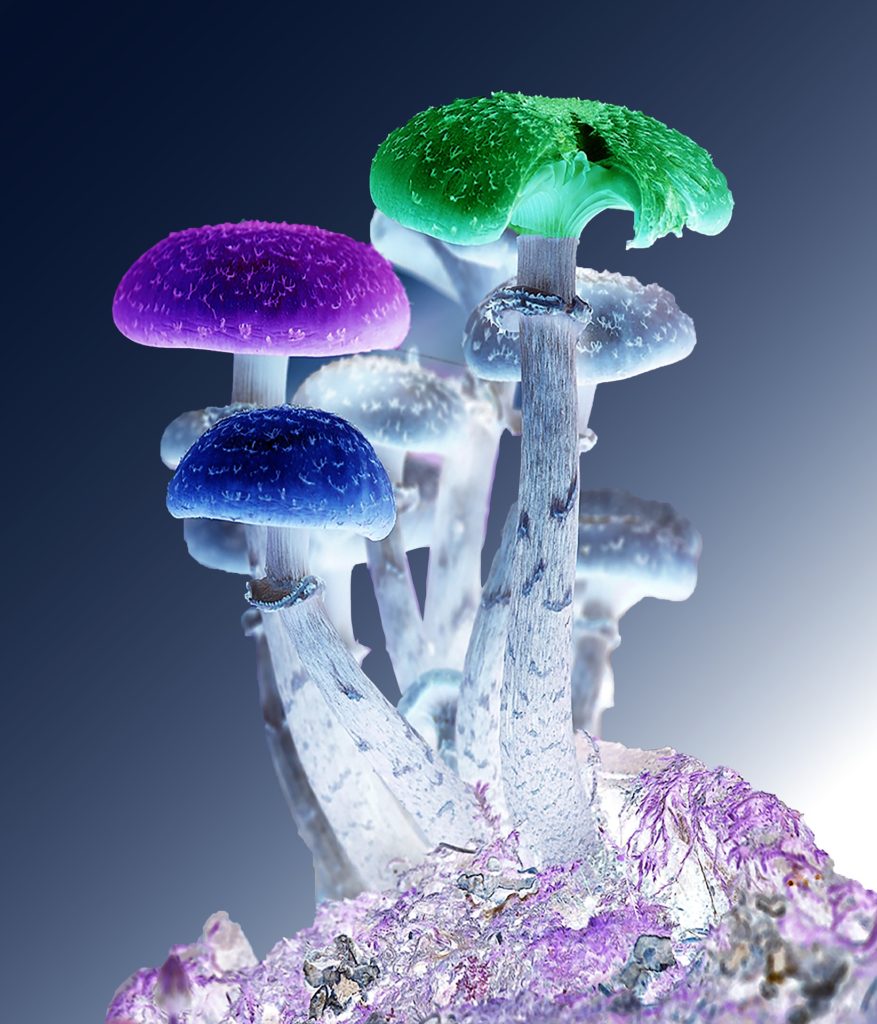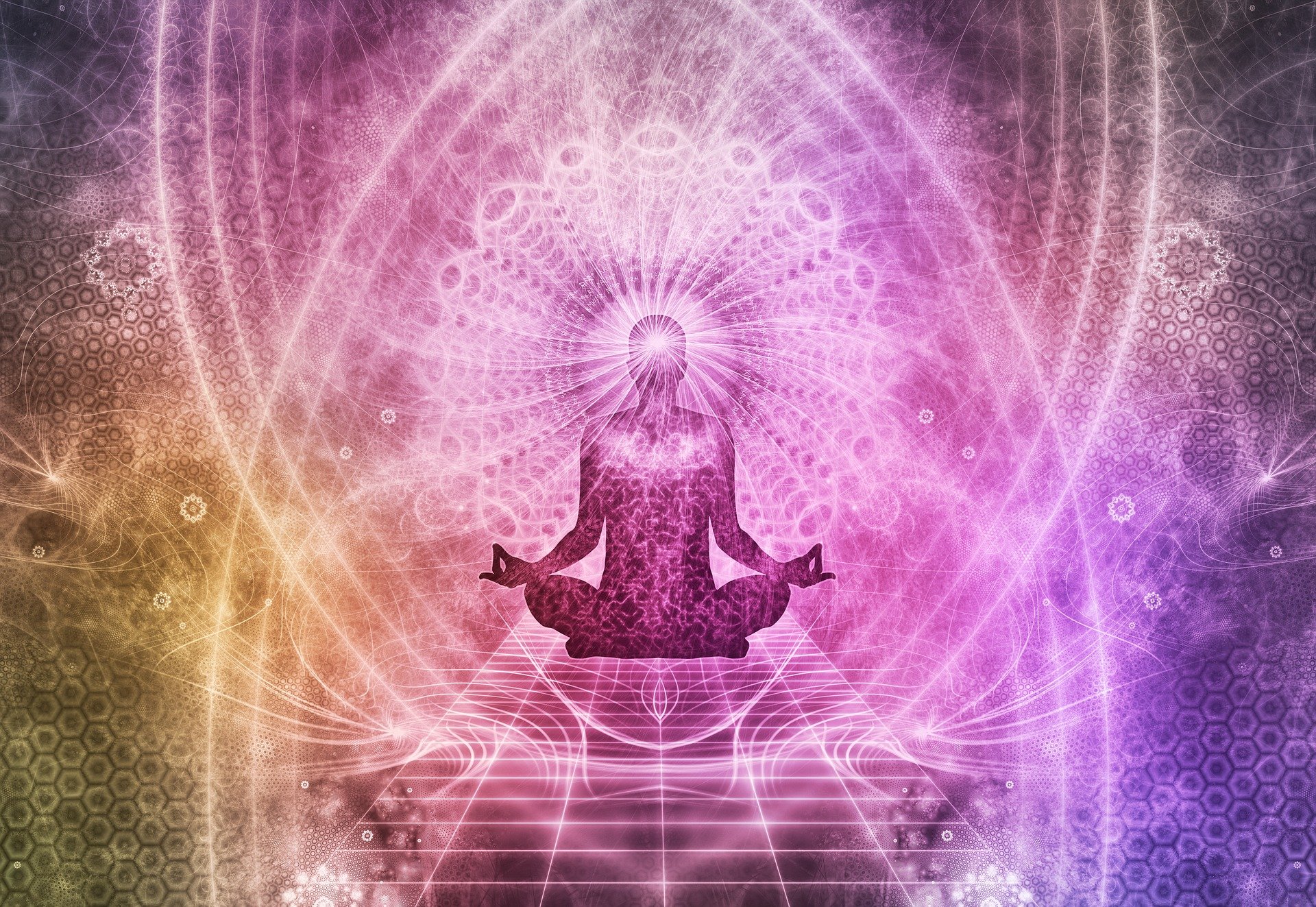Psychedelics and its history
Psychedelics have been around since prehistoric times. From the Stone Age to modern times, humankind has been interested in man’s relation to his universe. What better way to study the nature of consciousness than by investigating the history of consciousness? When man first encounters his universe, he creates a mental map with symbols representing things like color, sound, touch, and intention. These maps have no precise mapping mechanism, but are more like abstractions of a language, with words describing images and feelings at a basic level.
Psychedelics, in turn, are chemical substances that have been derived from certain plants now classed as psychoactive substances (1). To make a long story short, they were never, in the past, intended for human consumption. Most commonly, although not exclusively, psilocybin-type mushrooms are associated with an intensely religious experience. Mushrooms are also containing compounds that may produce a highly creative state of consciousness, which is why they are puffed, powdered or smoked in a wide range of contexts, from the artistic club to the shamanic lodge. Modern recreational users of psilocybin-type mushrooms often refer to them as “mind food”, a term that probably derives from the traditional context in which they were consumed: the sacred mushroom bowl at meals during the ancient Egyptian and Mayan cultures.
Mushrooms and Today’s Involvement
Today, we still refer to these “mushrooms” as “drugs”, even though they contain very little of the actual plant chemicals that are the basis of the substance’s psychotropic properties. We also know very little about how the brain uses these drugs to increase awareness, create memories, or achieve spiritual growth. A recent study by neuroscientists at the University of Amsterdam used a special type of imaging device to look at the effect that lysergic acid diethylamide (LSD) (2), a classic psychoactive substance found in magic mushrooms, has on the brain. They found that people who regularly consume this type of mushroom have increased concentrations of both hemispheres of the brain. But, importantly, the researchers also found that people who regularly consume this substance have larger brain volumes than those who did not.

Can Psychedelics be Considered Classical or Natural?
Psychedelics like lysergic acid are probably not what you would immediately think of as “classical”, or “natural” drugs. The word “classical” comes from the classification of drugs used by the ancient Greeks and Romans, that are derived from plant parts. And, of course, we now know that most modern substances derived from plants are synthetic and highly unnatural. The term “natural” may also be an attempt to describe the fact that many of these types of substances have been used by primitive cultures for healing, spiritual development, and stimulation for thousands of years. Some of these plants, like lysergic acid, are even known to increase ones mind ability to think creatively and spiritually.
The Brain and its Five-HT2a Receptor
The discovery of the brain’s five-HT2a receptor, however, paved the way for the development of more potent psychedelic drugs. It is now believed that psilocybin (3) and other “classical” Psychedelics work through the same pathways as serotonin, a substance that is present in the human brain. Serotonin is the neurotransmitter that controls mood, appetite, sleep, and consciousness. It is also known to help regulate a person’s sexuality. Therefore, the two substances can often be found in the same area of the brain, but one stimulates one or more of the other while the other is inactive.
The discovery of the importance of the five-HT2a receptor led scientists to believe that psilocybin can increase awareness, mood, and the ability to experience creativity. The two major routes taken by ecstasy, lysergic acid diethylamide, and other recreational drugs lead to the brain being saturated with dopamine and other powerful chemicals. When this occurs, two types of chemical communication take place within the brain: one that allows you to feel good and function normally, and one that sets you up for addiction. As if that wasn’t bad enough, when you stop using the drugs, your brain has been exposed to a double whammy-you’ve just experienced a high, and now your body is trying to find a way to get you to return to normality, and you’re doing it via a substance designed to mimic the successful experience of “being in love.”

Amphetamines and their Relationship with Psychedelics
Another group of substances closely related to Psychedelics includes amphetamines and marijuana. However, it should be noted that despite the name, Marijuana does not contain Psyrene. Instead, it contains other chemicals that are also very potent psychedelic drugs. One of the most common side effects associated with taking marijuana, for example, is the fact that it can cause loss of memory, drowsiness, and a disassociation with one’s surroundings (the only way to counter this is with prescription drugs).
The most fascinating aspect of the above chemical relationships is the apparent relevance of our biological machinery to the experience of happiness, love, and spiritual growth. In fact, our brains have evolved to support the 5HT2a-r activation that is necessary for creating happiness through the use of certain Psychedelics. In essence, we are wired to be happy when exposed to certain stimuli that produce a sense of well being; however, once those stimuli are removed, the neural connections that support that well being are eliminated, and the brain must reconfigure itself to create a state of happiness and fulfillment. This process, though seemingly deep and mysterious, has been clearly observed in patients using traditional therapy approaches to overcome addiction and substance abuse; showing that the very neurological processes that make us happy can also be the source of addiction and stasis.


Recent Comments